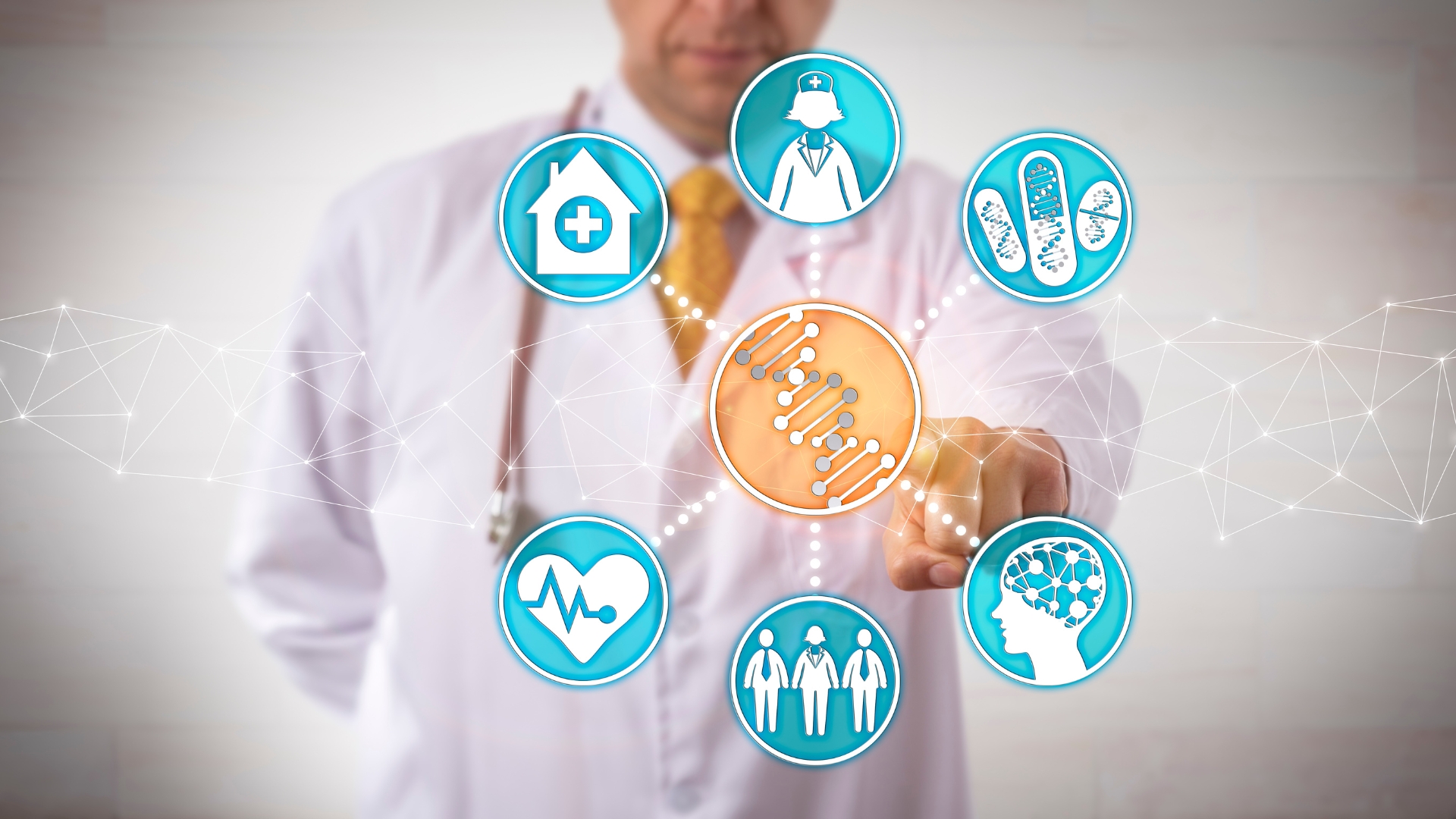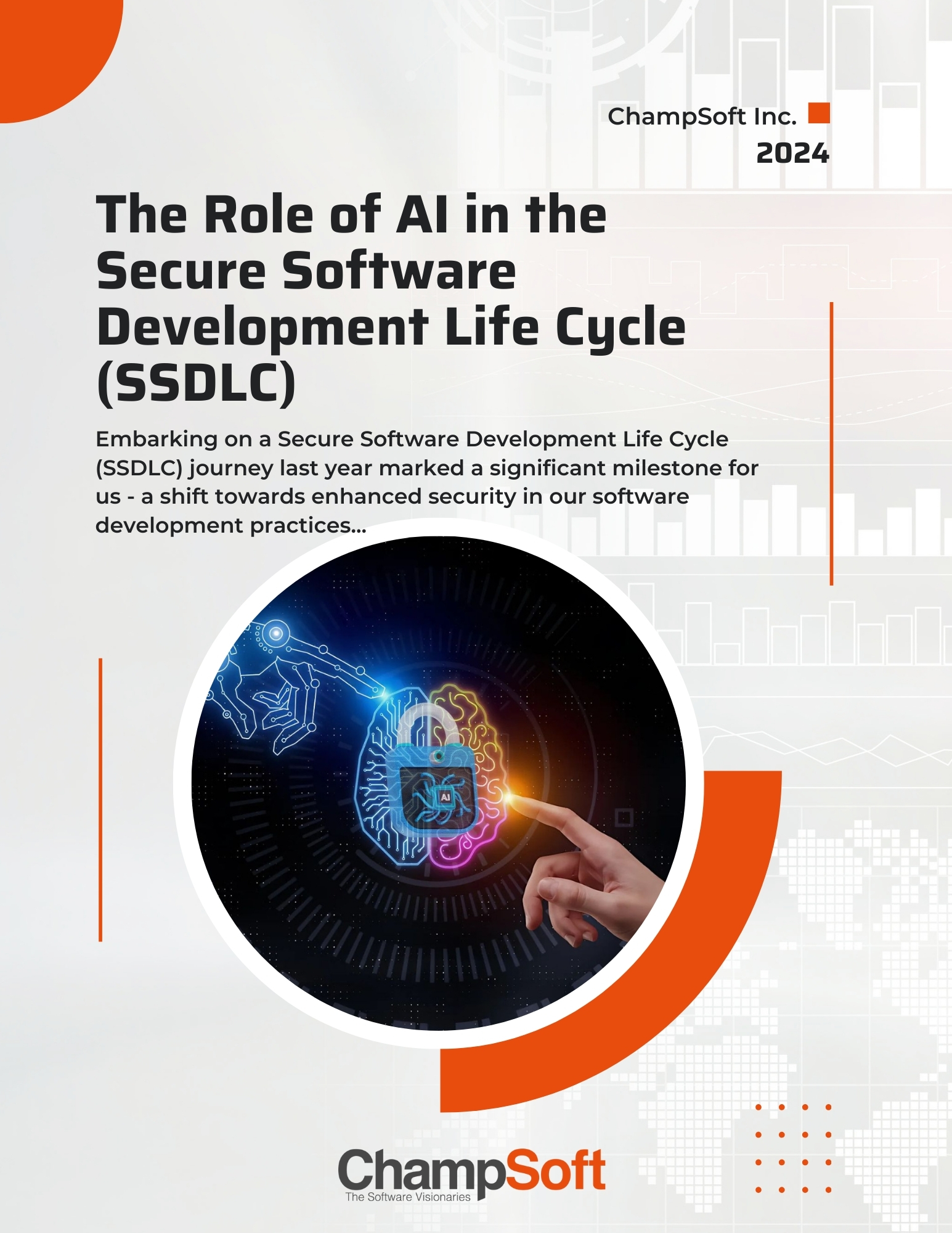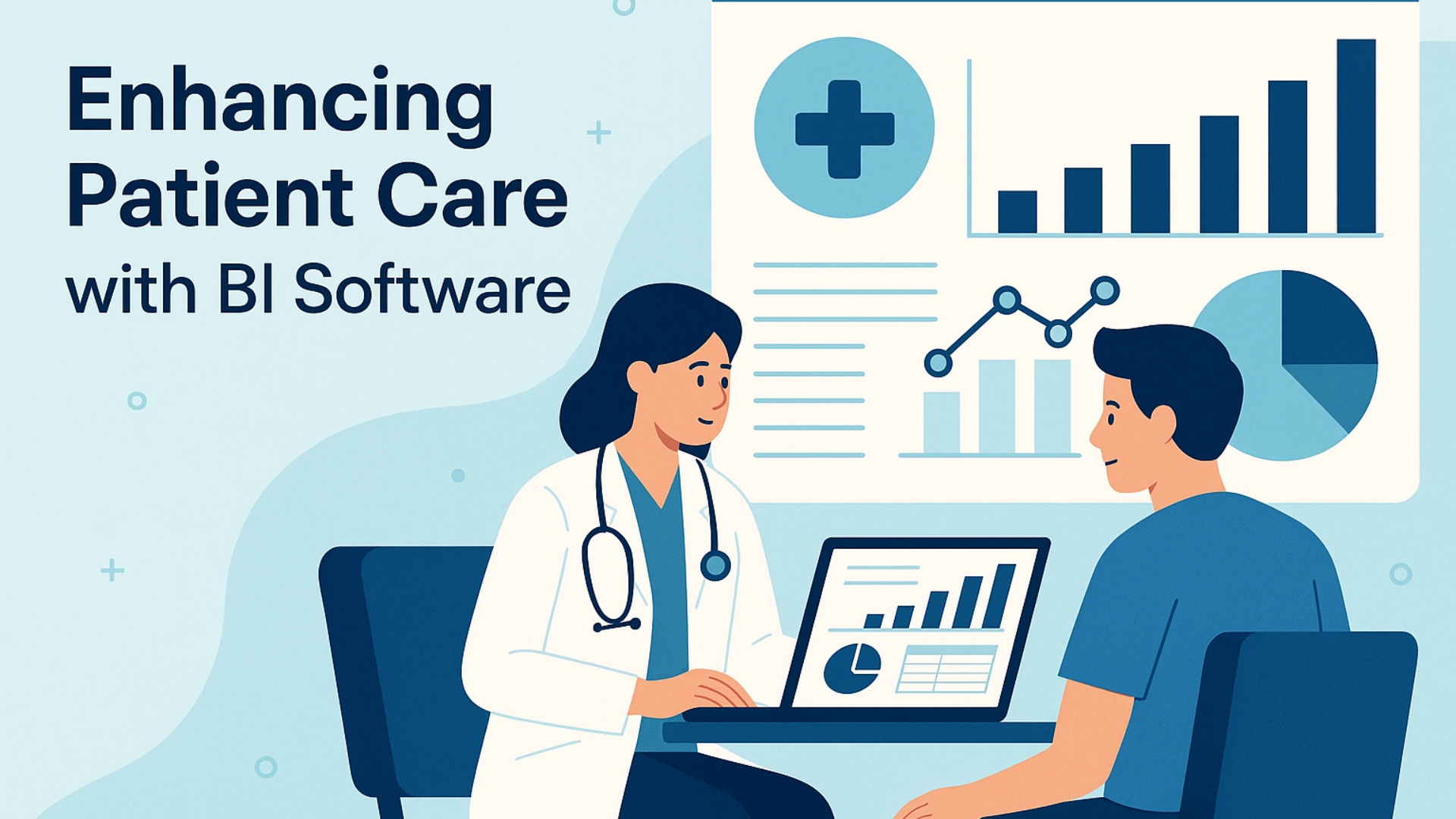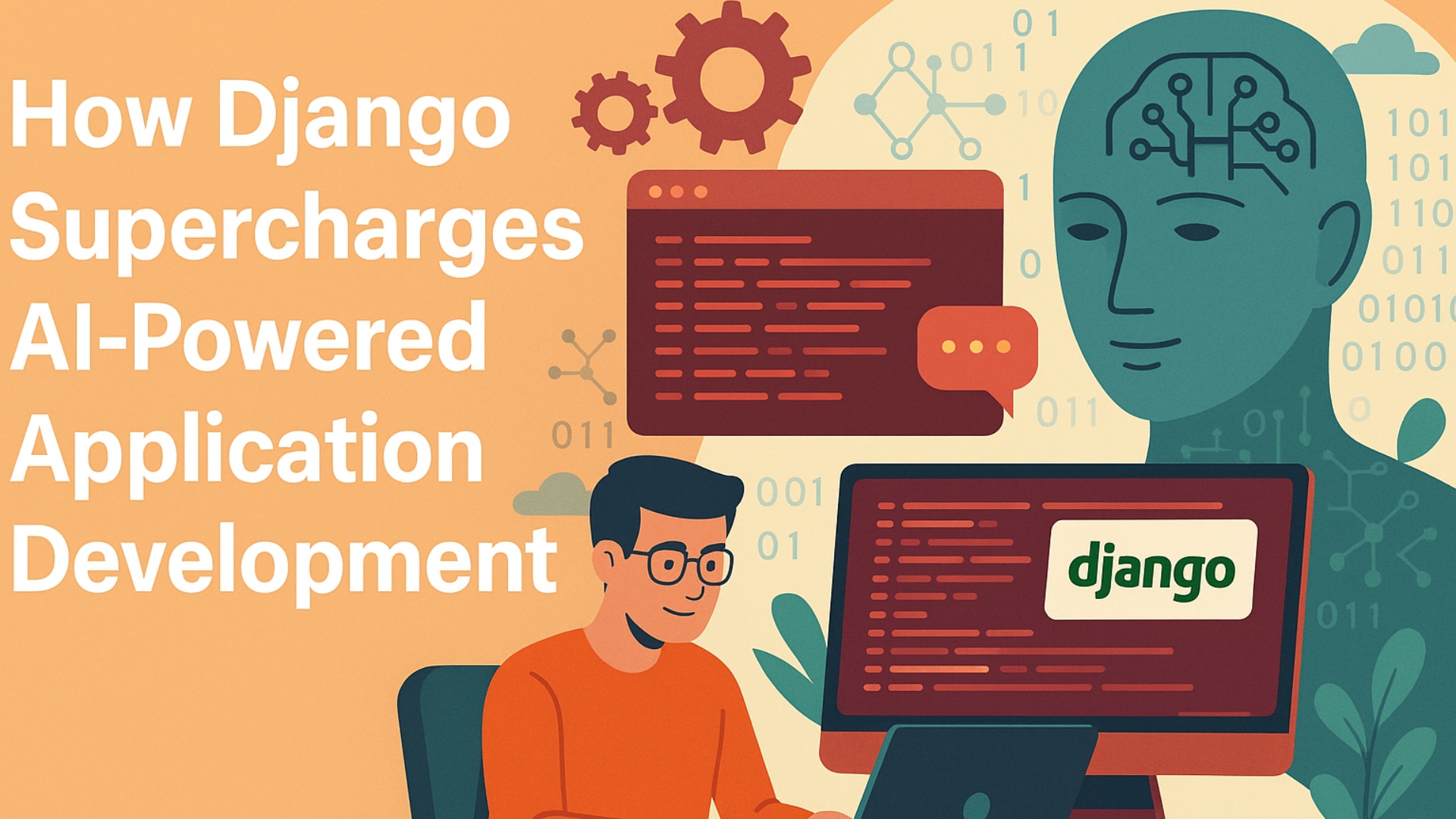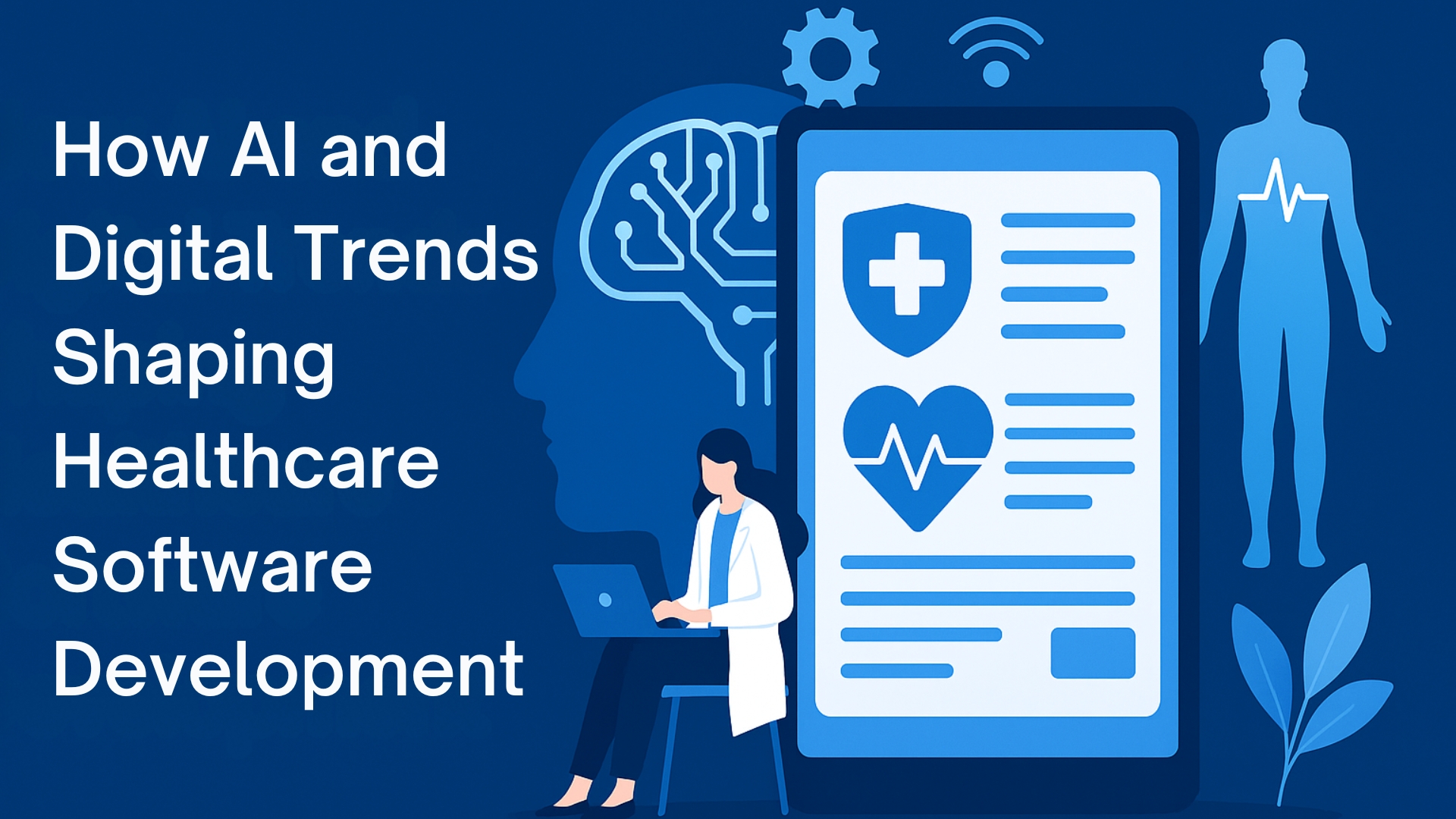In today’s rapidly evolving healthcare landscape, seamless integration and interoperability are not just desirable; they are essential. As healthcare providers aim to deliver better patient care and improve operational efficiency, technologies like Mirth Connect HL7 are leading the way in healthcare integration. This article explores key technologies driving healthcare integration forward, focusing on Mirth Connect HL7 and its pivotal role in ensuring healthcare interoperability.
The Importance of
Healthcare Integration
Healthcare integration is the process of linking various healthcare systems and software applications to work together efficiently. This integration ensures that patient data is accurately and securely shared across different healthcare platforms. The ultimate goal is to improve patient outcomes, reduce errors, and enhance the efficiency of healthcare delivery.
Defining Healthcare Integration
Healthcare integration involves the seamless connection of disparate systems within the healthcare ecosystem. This can include electronic health records (EHRs), laboratory information systems, pharmacy systems, and more. The integration process is crucial for ensuring that data is not siloed, allowing for a comprehensive view of patient health.
Benefits of Healthcare Integration
The benefits of healthcare integration are manifold. First and foremost, it leads to better patient outcomes by ensuring that all healthcare providers have access to the same, up-to-date information. This reduces the likelihood of errors and redundant tests, saving both time and resources. Moreover, integrated systems can lead to more efficient operations, lowering costs for healthcare organizations.
Challenges in Achieving Integration
Despite its benefits, achieving healthcare integration comes with its challenges. These include dealing with legacy systems, ensuring data security, and managing the complexities of different data formats and standards. Overcoming these challenges requires a strategic approach and the use of advanced integration technologies like Mirth Software HL7.
Why Interoperability Matters
Interoperability refers to the ability of different healthcare systems to exchange, interpret, and utilize data cohesively. When healthcare systems are interoperable, patient data flows seamlessly between laboratories, pharmacies, hospitals, and clinics. This connectivity reduces redundancy, minimizes errors, and ensures that healthcare providers have access to comprehensive patient information, ultimately improving care quality.
The Role of Interoperability in Patient Care
Interoperability is crucial for delivering high-quality patient care. When systems can communicate effectively, healthcare providers gain a holistic view of the patient’s medical history, treatments, and outcomes. This comprehensive understanding allows for more informed decision-making, personalized treatment plans, and improved patient satisfaction.
Overcoming Interoperability Barriers
Achieving true interoperability requires overcoming several barriers. These include technical challenges related to data formats and standards, as well as organizational barriers such as resistance to change. Successful interoperability initiatives often involve collaboration between different stakeholders, including healthcare providers, technology vendors, and policymakers.
The Impact of Interoperability on Healthcare Costs
Interoperability can significantly impact healthcare costs by reducing redundancies and errors. When systems are interoperable, there is less need for duplicate tests, and errors in treatment are minimized. This can lead to substantial cost savings for healthcare organizations, which can be reinvested in improving patient care.
Mirth Interface Engine: A Leader in Healthcare Integration
Mirth Interface Engine is a powerful integration engine designed specifically for healthcare interoperability. It facilitates the seamless exchange of health information across diverse systems using standards like HL7 (Health Level Seven). Mirth Interface Engine’s versatility and adaptability make it a preferred choice for healthcare organizations aiming to achieve robust integration.
What is Mirth Interface Engine?
Mirth Interface Engine is an open-source integration engine that enables healthcare systems to exchange data in various formats, including HL7, XML, and DICOM. It acts as a translator and conduit, ensuring that data moves smoothly and accurately between different systems.
The Evolution of Mirth Interface Engine
Since its inception, Mirth Interface Engine has evolved significantly, adapting to the changing needs of the healthcare industry. Originally designed to handle HL7 messages, it has expanded its capabilities to support a wide range of data formats and integration scenarios. Its open-source nature has allowed it to grow and improve through community collaboration.
Mirth Engine in the Healthcare Ecosystem
Mirth Engine plays a pivotal role in the healthcare ecosystem by acting as a bridge between disparate systems. It ensures that patient data is not only exchanged but also interpreted correctly by different systems. This interoperability is crucial for maintaining the integrity of patient records and ensuring that healthcare providers have access to accurate information.
Key Features of Mirth Engine
- Flexibility: Mirth Engine supports multiple data standards and protocols, making it adaptable to diverse healthcare environments.
- Scalability: The platform can handle large volumes of data, allowing it to scale with the needs of growing healthcare organizations.
- Open Source: Being open-source, Mirth Engine offers the flexibility to customize and extend its functionalities to suit specific organizational needs.
- User-Friendly Interface: It provides an intuitive interface for configuring and managing data integration, making it accessible even to users with limited technical expertise.
Advantages of Mirth Connect’s Flexibility
Mirth Software HL7’s flexibility allows it to integrate with various healthcare systems, regardless of their underlying technologies. This adaptability is particularly beneficial for organizations with diverse IT environments, as it can streamline integration efforts and reduce the need for extensive custom development.
Scalability for Growing Healthcare Needs
As healthcare organizations grow and evolve, their data integration needs become more complex. Mirth Software HL7’s scalability ensures that it can handle increased data volumes and more complex integration scenarios. This makes it a future-proof solution for healthcare organizations planning for long-term growth.
The Importance of Open-Source Solutions
The open-source nature of Mirth Software HL7 is a significant advantage, as it allows healthcare organizations to tailor the software to meet their specific needs. This customization capability, combined with community support, enables organizations to innovate and improve their integration processes continuously.
User-Friendly Interface for Non-Technical Users
Mirth Connect’s user-friendly interface is designed to be accessible to users with varying levels of technical expertise. This democratization of technology empowers healthcare organizations to involve more stakeholders in the integration process, fostering collaboration and improving outcomes.
How Mirth Connect HL7 Facilitates HL7 Integration
HL7 is a set of international standards for the exchange, integration, sharing, and retrieval of electronic health information. Mirth Connect HL7 excels in facilitating HL7 integration, ensuring that health information is transmitted accurately and securely.
Understanding HL7 Standards
HL7 standards are critical for ensuring that healthcare data is exchanged consistently and accurately across different systems. These standards define the structure and format of messages, enabling disparate systems to understand and process the data correctly. Mirth Connect’s support for HL7 standards is a key factor in its success as an integration engine.
The Role of Mirth Connect in HL7 Integration
Mirth Connect simplifies the process of HL7 integration by providing tools and features specifically designed for handling HL7 messages. Its ability to translate and route messages between systems ensures that healthcare providers can exchange information seamlessly, regardless of their IT infrastructure.
Ensuring Data Security in HL7 Integration
Data security is a paramount concern in HL7 integration, as healthcare data is highly sensitive. Mirth Connect HL7 incorporates robust security measures, including encryption and authentication protocols, to protect patient information during transmission. This ensures compliance with regulatory requirements and maintains patient trust.
Benefits of Using Mirth Connect for HL7 Integration
- Streamlined Data Exchange: Mirth Connect simplifies the process of exchanging HL7 messages between systems, reducing the complexity often associated with healthcare integration.
- Error Reduction: With its robust error-handling capabilities, Mirth Connect minimizes data transmission errors, ensuring the integrity of patient information.
- Cost-Effective Solution: As an open-source tool, Mirth Connect reduces the costs associated with purchasing and maintaining proprietary integration software.
Streamlined Data Exchange Processes
Mirth Connect streamlines data exchange by automating many of the tasks involved in sending and receiving HL7 messages. This automation reduces the need for manual intervention, saving time and reducing the risk of human error.
Minimizing Errors in Data Transmission
One of the key benefits of Mirth Connect is its ability to minimize errors in data transmission. Its error-handling capabilities include message validation and logging, which help identify and resolve issues quickly, ensuring that patient data is always accurate and reliable.
Cost Savings with Open-Source Technology
By using open-source technology like Mirth Connect, healthcare organizations can significantly reduce their integration costs. This cost-effectiveness makes Mirth Connect an attractive option for organizations of all sizes, enabling them to allocate resources to other critical areas of patient care.
Real-World Applications of Mirth Integration Engine
Case Study: Hospital Network Integration
Consider a large hospital network with multiple facilities. Each facility uses different electronic health record (EHR) systems. Mirth Connect can bridge these disparate systems, ensuring that patient records are consistent and up-to-date across the network. This integration enables healthcare providers to access critical patient information regardless of which facility the patient visits.
Enhancing Communication Across Hospital Networks
In a hospital network, seamless communication between facilities is essential for providing high-quality patient care. Mirth Connect facilitates this communication by ensuring that patient data is shared accurately and promptly, allowing healthcare providers to make informed decisions quickly.
Improving Patient Experience with Integrated Systems
Integrated systems within a hospital network can significantly enhance the patient experience. When patient records are consistent and accessible across facilities, patients receive more coordinated care, reducing wait times and improving overall satisfaction.
Case Study: Laboratory and Pharmacy Integration
Mirth Connect is also used to integrate laboratory and pharmacy systems with hospital EHRs. This integration streamlines the process of ordering tests and medications, reduces the likelihood of errors, and ensures that results and prescriptions are quickly available to healthcare providers.
Streamlining Laboratory Processes
Integrating laboratory systems with hospital EHRs using Mirth Connect streamlines laboratory processes, from test ordering to result reporting. This integration reduces manual data entry, accelerates turnaround times, and improves the accuracy of test results, ultimately enhancing patient care.
Enhancing Pharmacy Operations
Pharmacy integration with EHRs via Mirth Connect enhances pharmacy operations by automating prescription orders and medication dispensing. This reduces the risk of medication errors, ensures timely delivery of medications, and improves the overall efficiency of pharmacy services.
The Future of Healthcare Interoperability
As healthcare continues to evolve, the demand for integration and interoperability will only increase. Technologies like Mirth Software HL7 will play a crucial role in shaping the future of healthcare by enabling seamless data exchange and improving the quality of care.
Emerging Trends
- Cloud-Based Integration: With the rise of cloud computing, more healthcare organizations are moving their integration processes to the cloud, offering greater flexibility and scalability.
- AI and Machine Learning: These technologies are beginning to influence healthcare integration by providing advanced data analytics and predictive insights, further enhancing patient care.
The Rise of Cloud-Based Integration
Cloud-based integration is becoming increasingly popular in the healthcare industry due to its flexibility and scalability. By moving integration processes to the cloud, healthcare organizations can easily adapt to changing needs and access data from anywhere, improving collaboration and patient care.
AI and Machine Learning in Healthcare Integration
AI and machine learning are transforming healthcare integration by enabling advanced data analytics and predictive insights. These technologies can identify patterns and trends in patient data, helping healthcare providers make more informed decisions and deliver personalized care.
The Role of Emerging Technologies in Shaping the Future
As new technologies continue to emerge, they will play a critical role in shaping the future of healthcare integration. By leveraging these technologies, healthcare organizations can enhance interoperability, improve patient outcomes, and drive innovation in the industry.
Conclusion
n conclusion, healthcare integration is vital for improving patient outcomes and operational efficiency. Mirth Connect HL7 stands out as a leading technology in achieving this integration, offering flexibility, scalability, and cost-effectiveness. As healthcare organizations continue to prioritize interoperability, Mirth Connect HL7 and similar technologies will be indispensable in driving the industry forward.
By leveraging these technologies, healthcare providers can ensure that patient data is seamlessly shared across systems, ultimately leading to better patient care and more efficient healthcare delivery.

